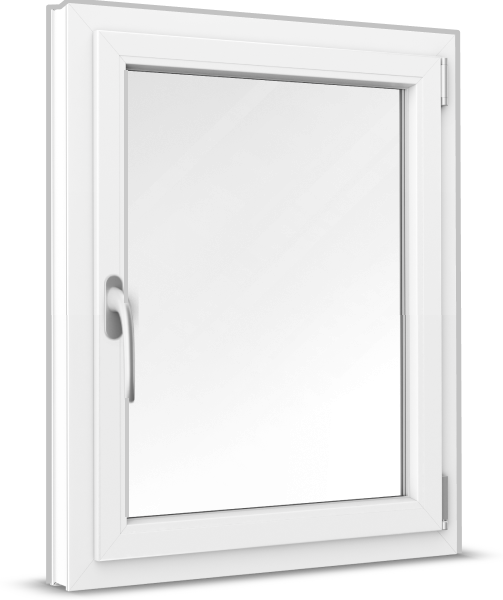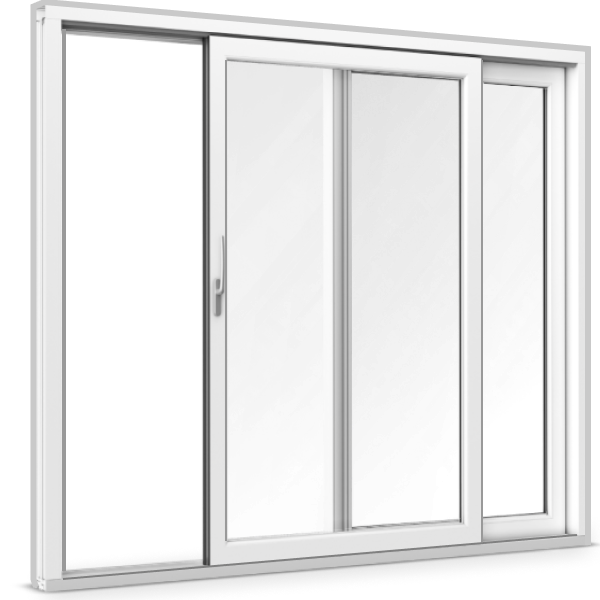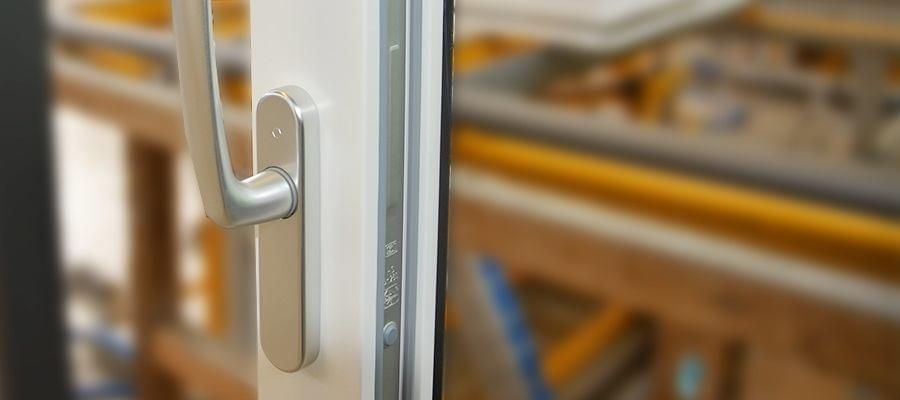-
Windows
 Windows
Windows
-
French Doors
 French Doors
French Doors
-
Patio Doors
 Patio Doors
Patio Doors
-
Front Doors
 Front Doors
Front Doors
-
Roller Shutters
 Roller Shutters
Roller Shutters
-
Window Sills
 Window Sills
Window Sills
-
Sign in
Contact us

Whether installed as a room divider or as an interior door that provides passage to the balcony or patio – Lift-and-slide doors are some of the most advanced door systems available. Thanks to the space-saving opening mechanism, the door can be opened and closed by sliding the leaf instead of swinging it inward or outward. At the same time, its large glazed leafs create particularly wide glass surfaces. This is why this particular mechanism is becoming increasingly popular. Large glass fronts allow more sunlight into the home and improve the overall quality of living. Sliding doorways require special fittings which not only guarantee easy handling, but also ensure a significant level of security.
The connection between the moving casement of a window or the leaf of a door and its fixed frame is called a fitting. The attributes of fittings need to be determined according to the size, weight and material (aluminium, timbers or composite materials) of the respective casement or leaf. This is of particular importance with lift-and-slide doors. This is because lift-and-slide doors installed on the balcony can often be very wide and the glazed leafs can potentially weigh hundreds of kilograms.
Depending on the material (e.g. wood is heavier than uPVC), fittings must be of high quality in order to provide great strength. When the door is closed, the fittings also provide the pressure that is necessary to reliably seal out draught and humidity. When installing a tilt-and-slide door instead of a simple sliding one, the additional force that adds pressure to the lower fittings when tilted should be considered as well.
The most important fittings for doors are fittings that define the function of the door to some extent. In comparison to purely decorative ones, such as blinds or inlays, functional fittings are not only visual features, but enable the actual sliding function in the first place.
Proper fittings ensure robustness and security. There are four main types available for lift-and-slide doors:
Sliding sash windows allow for these rails to be mounted on the upper and lower edges of the frame.
The sash slides into the desired position via a roller element. The lower guiding rail can be installed recessed into the ground, providing a barrier-free entrance.

Fig.: RC 1 fitting elements by GU
Guides allow the leaf of a lift-and-slide door to be opened and closed. They also prevent the leaf from falling out of the frame.
The handle is the most important control element of a lift-and-slide door. In manually operated systems, the handle is mounted on the door leaf and allows the door to be opened and closed easily by turning the handle into one of several positions. Various furnishings can be used here to increase the security of a lift-and-slide door.
When the sliding door is mounted as an entrance to the house, the locking mechanism is of great importance.
Bolt locks with hook mechanisms already fulfil all basic security requirements. However, mounting additional locks can further increase security.
Closers are used to allow the door leaf to close automatically. Such door closers are an indispensable element for fire or security doors. On a lift-and-slide door, its function can be performed automatically via a control system. Additional fittings can also be installed after installation. If you want to perform this installation yourself, we recommend obtaining the advice of a professional. windows24.com can help you to find professionals in your region to assist you with the installation of fittings, windows and doors.